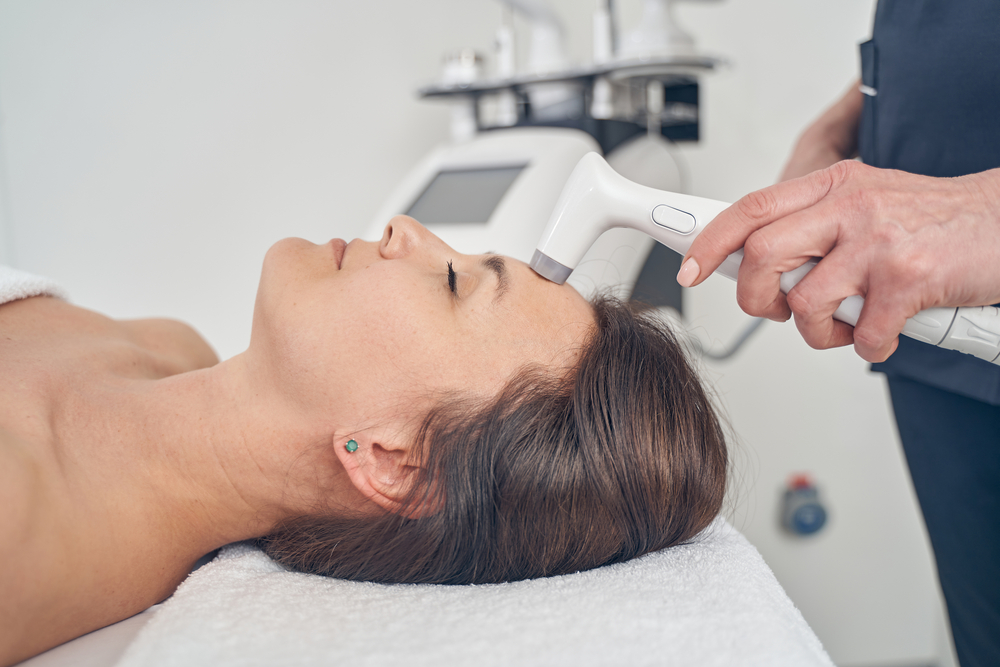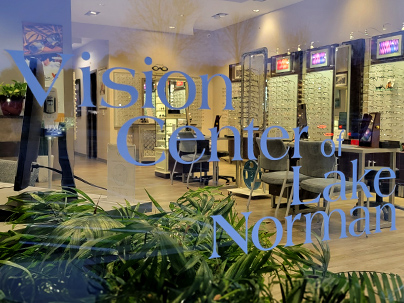Harnessing Low-Level Laser Therapy (LLLT) to Manage Inflammatory Dry Eye and Enhance Ocular Healing
Blog:Harnessing Low-Level Laser Therapy (LLLT) to Manage Inflammatory Dry Eye and Enhance Ocular Healing

Dry eye disease is a common yet often overlooked condition that can significantly impact daily life. Whether caused by aging, hormonal changes, or underlying medical conditions, dry eye can lead to discomfort, blurred vision, and even long-term damage if left untreated. Fortunately, advancements in eye care technology, such as Low-Level Laser Therapy (LLLT), offer new hope for patients struggling with inflammatory dry eye.
Understanding Dry Eye Disease
Dry eye occurs when the eyes fail to produce enough tears or when the tears evaporate too quickly due to poor tear quality. This condition can be classified into two main types:
Evaporative Dry Eye: Often linked to Meibomian Gland Dysfunction (MGD), this occurs when the oil layer of the tear film is compromised, leading to increased tear evaporation.
Aqueous Deficient Dry Eye: This occurs when the lacrimal glands do not produce enough tears, often due to autoimmune conditions like Sjogren’s syndrome.
Both types of dry eye can lead to inflammation, discomfort, and vision disturbances. Traditional treatments include artificial tears, prescription eye drops, warm compresses, and in-office procedures. However, for patients seeking a non-invasive, effective approach to reducing inflammation and improving tear production, LLLT has emerged as a promising solution.
What Is Low-Level Laser Therapy (LLLT)?
LLLT is a non-invasive, light-based treatment that uses low-intensity lasers to stimulate cellular activity, promote tissue healing, and reduce inflammation. Originally used in dermatology and pain management, this technology has gained traction in opotmetry for treating Meibomian Gland Dysfunction (MGD) and inflammatory dry eye.
LLLT uses near-infrared or red light to penetrate the skin and eyelid tissues without causing damage. The goal is to improve the function of the meibomian glands, reduce inflammation, and restore a stable tear film for long-term dry eye relief.
How LLLT Works for Treating Dry Eye
LLLT targets the root cause of inflammatory dry eye by addressing gland dysfunction and ocular surface inflammation through several mechanisms:
Enhances Meibomian Gland Function: The gentle light therapy stimulates cellular metabolism and increases meibum secretion, improving the quality of the tear film’s lipid layer.
Reduces Inflammation: LLLT helps decrease pro-inflammatory cytokines in the eyelids, relieving redness, swelling, and irritation associated with MGD and dry eye.
Stimulates Cellular Repair: The therapy boosts ATP production (cellular energy), accelerating healing in the eyelids and ocular tissues.
Improves Circulation: Enhanced blood flow to the eyelids promotes oxygenation and nutrient delivery, which aids in gland recovery and overall eye health.
Promotes Long-Term Relief: By addressing the underlying dysfunction rather than just masking symptoms, LLLT offers longer-lasting improvements compared to artificial tears or temporary treatments.
Take the Next Step Toward Dry Eye Relief at Vision Center of Lake Norman
Low-Level Laser Therapy (LLLT) represents a breakthrough in dry eye treatment, offering a safe, effective, and non-invasive way to manage inflammatory dry eye and enhance ocular healing. Whether you suffer from Meibomian Gland Dysfunction, chronic irritation, or persistent dry eye symptoms, this innovative therapy may provide the relief you’ve been searching for.
At Vision Center of Lake Norman, we are committed to providing the latest advancements in dry eye treatment. If you are experiencing persistent dryness, irritation, or blurry vision, schedule a consultation and discover if Low-Level Laser Therapy is right for you. Contact our office in Mooresville, North Carolina, by calling (704) 200-9477 to book an appointment today.


